When implementing a PPC campaign, there are multiple metrics used for measuring and evaluating whether strategies have been successful. One of the most relevant is ROAS, which indicates the money your business gets after investing in a particular advertising campaign.
But how do you calculate ROAS? What exactly a good ROAS is? And even more important, How to Increase ROAS? In the subsequent sections, we describe thirteen fundamental strategies you can adopt to increase ROAS and conversion data and rate.
This article is a segment of a more extensive piece about Google Ads Metrics.
What Is ROAS?

ROAS stands for Return on Ad Spend. It measures the paid media’s performance. Its formula is simple: You must divide total revenue by advertising costs to get the ROAS ratio.

Next, you should consider some hidden costs when calculating the money spent.
- All Vendor Costs. These include the costs of all vendors, including freelance writers, graphic designers, or email marketers.
- Salary. It includes the cost of any in-house employees working on the campaign.
- Affiliate Commissions: These include commissions and network transaction fees.
- Overhead. This item includes the cost of equipment and apps used for the campaign.
Let’s take a look at the following example:
- The total cost of the advertising campaign = USD$200
- Conversion value = USD$500
- ROAS = 500 / 200 = 2.5
To effectively measure ROAS, you must track conversions and sales metrics for a specific period. Most advertising platforms include a tool for tracking and measuring conversions of PPC ads and reporting for more accurate campaign management. This way, you can also evaluate the value delivered by every advertising campaign.
What Is a Good ROAS when Using Google Ads?
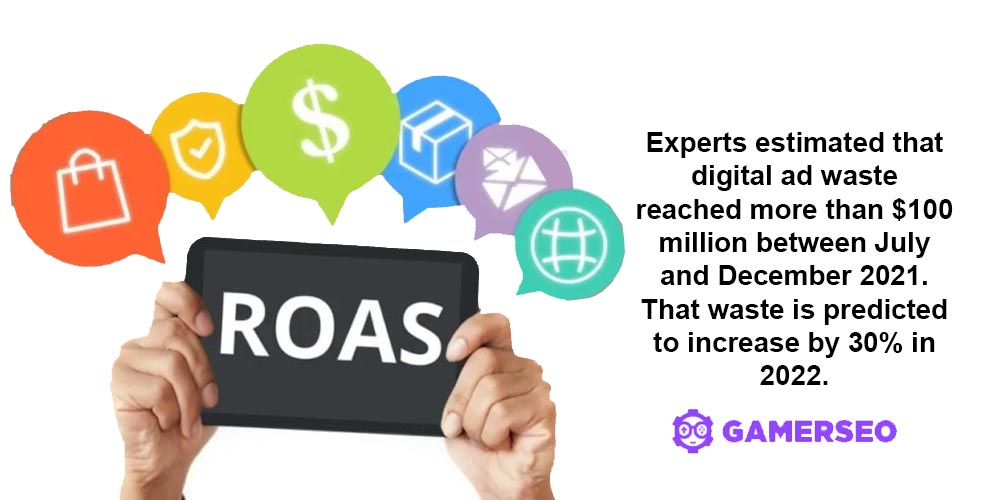
Like in CTR, where the percentage of effective clicks depends on the industry, the ROAS varies from business to business, industry to industry, and campaign to campaign.
For example, ad campaigns aiming at “soft” conversions, which means attracting customers to subscribe, to get a particular product, or to raise brand awareness, generally have a low ROAS.
Still, if your advertisements generate more ad dollars than the total cost of the campaign, your ads are taking care of themselves, and advertising efforts have been suitable.
However, it would help if you determined how much revenue is acceptable to ensure your campaign is satisfying. Every ratio over 3:1 is considered a success for most companies. Conversely, a failed campaign lies in a 2:1 ratio, although this indicator is positive.
Most businesses aim for a 4:1 ratio. That’s $4 made for every $1 spent.
The Best Practices You Can Adopt in Your Ad Campaign to Increase ROAS
The ROAS you get depends on many factors, from the ad relevance to the landing page’s graphics design. The reason is that the sales funnel involves several stages where the sales experience considers multiple other factors. Consequently, creating a campaign with impressive results and a high ROAS is hard work for professionals, which drives us to the first practice you can adopt: working with a marketing agency.
1. Work with a Marketing Agency

Getting a good PPC ROAS requires having a great knowledge of how pay-per-click works, audience targeting, relevant keywords for the industry, an excellent ad copy, and much more. Since this can be overwhelming, a professional marketing agency such as GamerSEO will manage your ad account and all the factors to increase your ROAS.
GamerSEO will boost your marketing efforts by enhancing your campaign’s click-through rate, conversion rate, and general revenue. GamerSEO team members will create the best copy according to target keywords, audience, and main goals.
2. Reduce Your Ad Cost or Advertise Spend
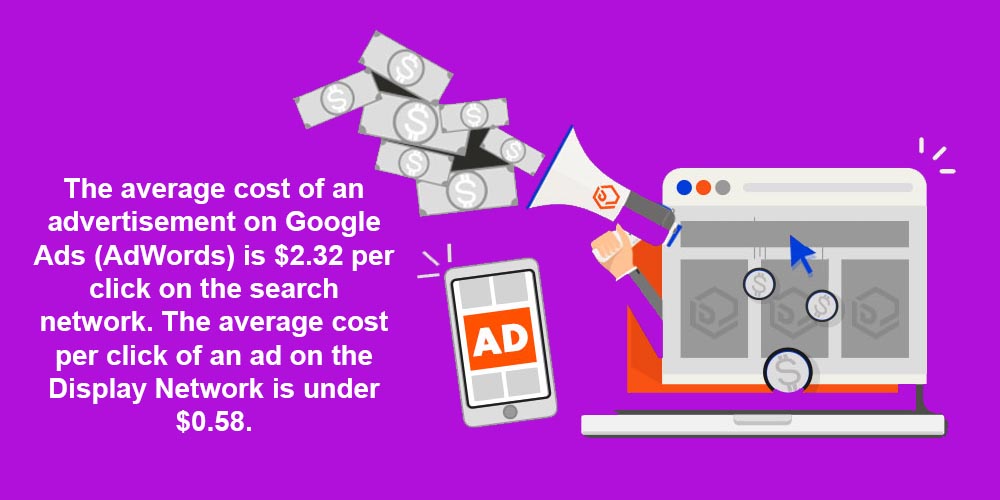
The lower the cost to develop your ads or advertising spend, the higher the ROAS and revenue generated. You can also check ongoing strategies and approaches and eliminate campaigns that are not working to allocate advertising dollars to new campaigns.
This tactic is great for improving low-quality leads and elevating CTRs that plateau.
You should also cap your budget during PPC campaigns. High ROAS is only good if you set the lowest budget possible for an expected result.
3. Perform an A/B Test
Experimenting with different variables and monitoring engagement data will provide valuable insights into what tactics work best for your campaign. Trying different approaches is especially good when building a landing page and deciding where to allocate CTA, buttons, and other data that may lead customers to complete the purchase.
It would be best to experiment with Ad placement when utilizing display ads since it allows you to try different locations for your advertisements. This practice is especially useful when publishing on e-commerce sites or different media.
It would help to use banner ads and other display ads during streams, which can lift your ROAS, especially regarding mid-roll ads. And do not forget to include mobile-only ads on social media, such as TikTok and Facebook, since platforms like these have millions of users worldwide.
4. Narrow the Focus to More Specific Target Audiences
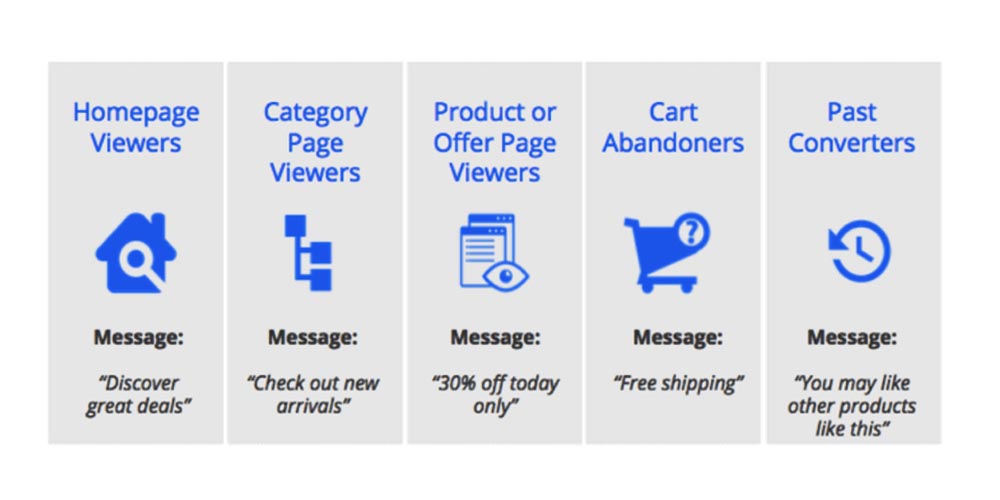
Utilizing hyper-local marketing techniques or narrowing your target audience are good ways of earning more conversions per dollar spent. This practice will help you improve your ad targeting by defining better segmentation and targeting customers with more conversion possibilities.
When configuring your strategy, Google Ads asks you to define your audience’s demographics and location. You can be as specific as you want. The most recommended is aiming at customers near your location or in the region where your business has an area of influence.
Use geo-targeting to avoid paying for customers who won’t be able to purchase your products due to the distance. You can include people with a specific location in their search terms.
This is also important for businesses that do not have brick-and-mortar stores since they still need to focus their efforts on people who show interest in their products.
5. Improve Conversions By Building Relevant Landing Pages
Many users often click advertisements and head to a landing page but do not complete purchases due to the bad quality of the landing page. Consequently, optimizing your landing pages from different points of view is crucial to increasing the conversion rate and the target ROAS.
But what does it mean to optimize your landing page exactly?
Optimizing your landing page integrates many edges, from accelerating the website speed to facilitating the purchasing process to providing a wide range of payment options. We especially recommend creating a basic and easy-to-understand landing page where colors, design, and font are as simple as possible.
There are large and short landing pages. The latter are the best for easy decisions. The first is to turn more ad clicks into conversions. Moreover, your ads and landing pages should be aligned, tell the same story, and use the same keywords and language. You should also include creative elements that help the potential customers complete the process and the same call-to-action you included in the ad in the first place to support their convictions.
6. Optimize Google Shopping Ads
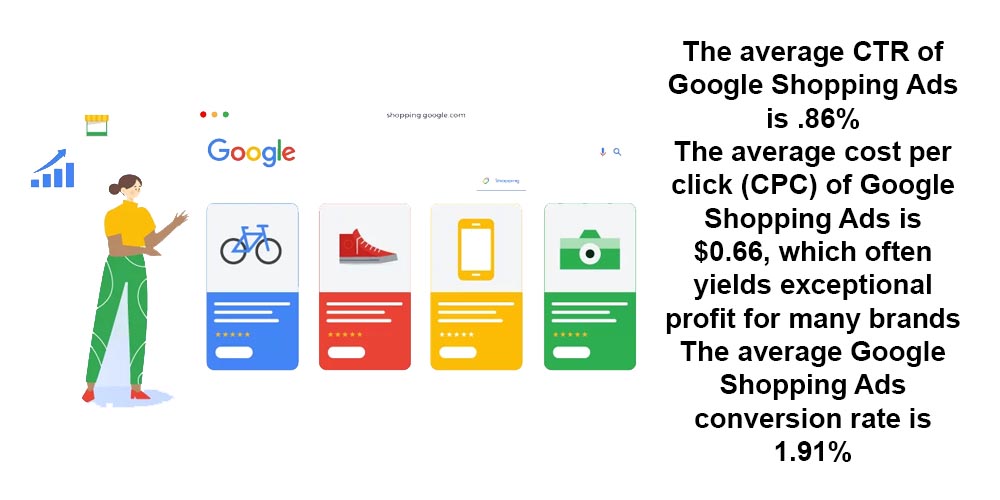
Most businesses have started to bid on mobile devices to offer their products and services since Google’s product listing ads (PLAs) have gained great popularity. As a result, you must allocate your money to optimizing your PLA shopping ads by turning them relevant, aiming at your targeted audience, and gathering and analyzing performance data.
Product listing ads boast great effectiveness since they include images, real-timing pricing, reviews, and information. Besides, as Google extracts data directly from your product feed, all the information is always up-to-date.
Moreover, these ads are also prominently positioned by appearing above Google’s text-based search ads. These ads are the first things when searchers start to navigate.
7. Bid on the Right Keywords for Your Industry
Most marketers make the mistake of bidding on keywords with large search volumes that do not represent the brand, the industry, or the specific product they are trying to promote. If you bid on keywords like those, there’s a high chance your money will be lost in a sea of search results.
The best practice in this sense is using branded and low-competition keywords that help narrow your lookalike audiences. More specific keywords aim better at business objectives, services, products, and benefits. Prospective customers within the target audience are more likely to be engaged by your advertisements.
Remember about negative keywords when creating your ads and landing page. These correspond to wrong keywords that can entice low-quality prospects whose chance of completing a purchase is practically zero. Think of a negative keyword as a term you should avoid in your new campaign to increase the profit margins and ROAS. And do not forget to improve the Quality Score of your Ads by structuring well-organized groups of keywords.
For example, if you’re promoting a new video game with a cheap subscription, some negative keywords you should avoid are “free” and “stand-alone.”
In a nutshell, being more specific about keywords brings you more chances to increase your conversion rate optimization.
8. Adopt a Wider Bidding Strategy
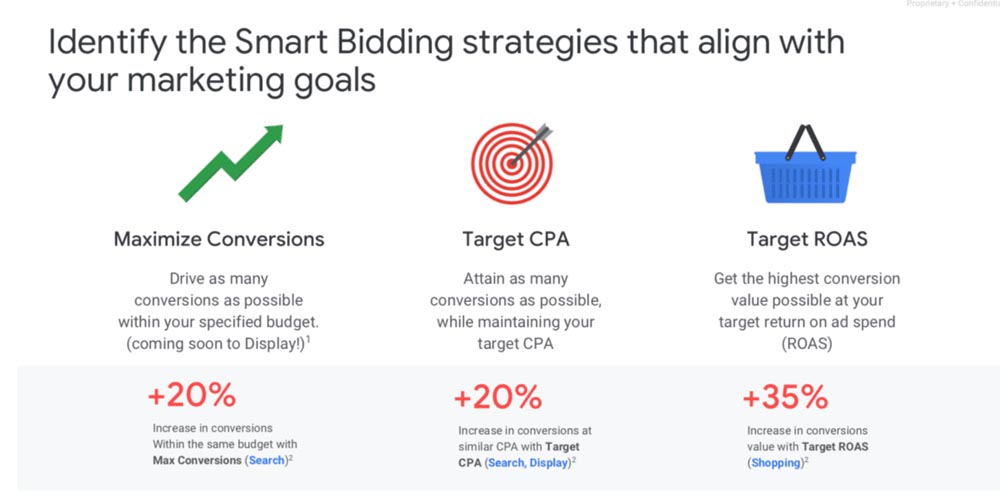
Using a manual bid strategy and scheduling advertisements to work at specific times of day or month can help you reduce spending. You should adopt both strategies to cover a wider area and obtain a bigger picture of how ads work.
For instance, when it comes to local businesses, applying manual bids that aim at local customers in the hours of more sales could be an interesting strategy. On the other hand, you should schedule ads as best as possible to automatize the process, save money and time, and address targeted customers.
Still, monitoring the results and the conversion tracking is crucial for calculating ROAS and effectively planning a better strategy and advertisements for the next campaigns. Remember that you can modify ongoing campaigns while developing for better ROAS.
9. Experiment with Banners, Pop-Ups, and other Ads
Although search ads generate higher click-through rates, you shouldn’t forget other types of advertisements, such as display ads, banners, pop-ups, social media, etc. Remember that ROAS is directly related to CTR since the more navigators click on ads, the more possibilities there are for completing purchases.
10. Check Other Issues Related to Your Ad Campaigns

Beyond your marketing strategy, a low ROAS may be caused by other reasons. For example, your product is not causing the expected results due to its quality. Thus, a design review wouldn’t hurt. You should improve user identification to offer them a product closer to their ideals.
The price of the product can also give a low ROAS. If the conversion rate is high, but the ROAS remains low, your product may be priced too low. On the contrary, If the click-through rate is high, but conversions still are low, your product’s price is likely too high.
Considering the above, you should investigate issues unrelated to advertisements, such as the design, the general marketing campaign in other media, or even how your product works on external sites or e-commerce. Remember that word-of-mouth and external reviews affect whether navigators click on your ads.
11. Optimize Your Site and Landing Page for Mobile Devices
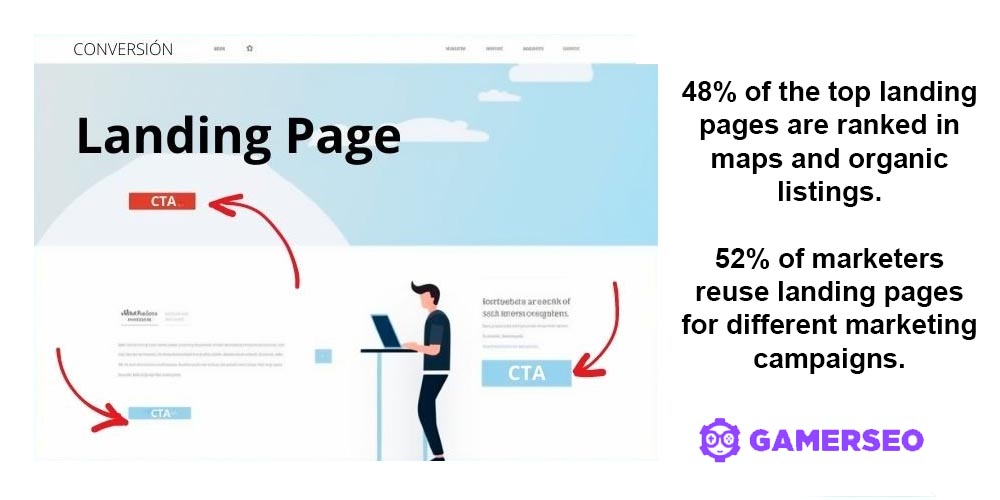
We discussed optimizing landing pages in a previous section. Because the page where potential customers will land is the final stage of the funnel, maintaining its optimization is always crucial.
In this context, many searches are carried out via mobile devices, mainly smartphones. Consequently, you should adopt a responsive design for your landing page and website. This way, they will adapt the webpage layout to the viewing environment using several strategies, such as flexible images, fluid proportion-based grids, and CSS3 media queries.
You should also consider the quality and quantity of data you include in pages. Too much information can 0verhelm readers and make them feel a bit lost. However, a lack of information can also lead to distrust and an equal sense of frustration.
Finally, when designing and creating advertisements, you should pay attention to graphics, font, and images. Remember that ads are differently showcased on mobile devices, so visualization is not the same.
12. Check What Your Competitors Are Doing
Analyzing direct competitors is a healthy strategy, providing crucial information when creating ads. This way, it would be beneficial to check their product pages to understand what kind of data they include or what call-to-actions they use.
Multiple online shoppers, marketers, and advertisers are attempting to reach the same or similar objectives as you. Then, reviewing their conversion rates and the keywords they use will drive you on the same path as them. In this sense, you can find the keywords they’re ranking for, the offers they’re promoting, and the copy they’re using.
You must also check competitor’s advertisements, i.e., headlines, copies, images, call-to-actions, etc. Understanding what makes their ads different and unique allows you to enhance your own ads by mirroring good behavior and design.
A good practice is checking other metrics related to your competitors’ ads using platforms like Similarweb. Platforms like the one before will provide insights into competitors’ performance across all channels and access to the most comprehensive traffic data available.
13. Highlight Benefits or Seasonal Offers
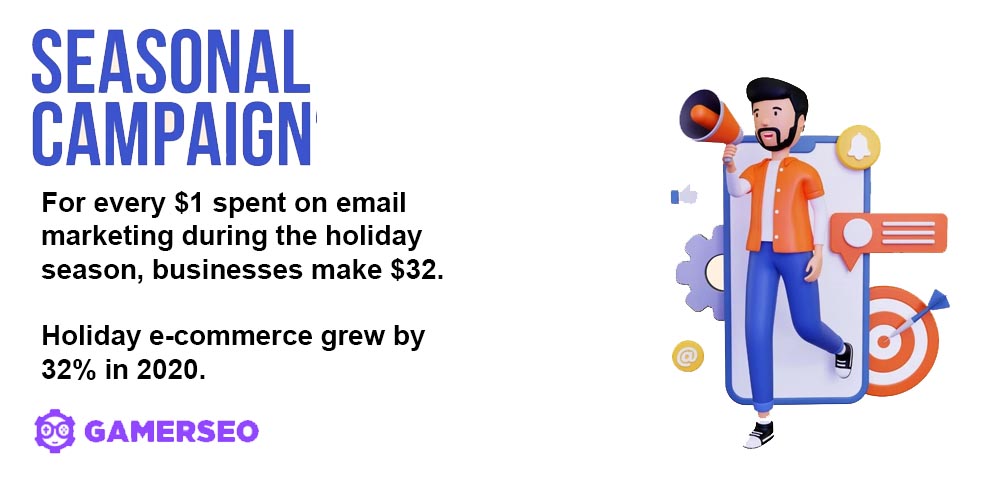
The most successful ads are those that directly benefit customers. For example, advertisements might offer a discount, give a gift, or a free try. This way, you can promote seasonal offers or special opportunities that customers can’t reject.
Providing a sense of FOMO – Fear of Missing Out – is always recommended to make potential customers feel urgency and anxiety. This will increase the chances of prospects completing the purchase process. Actions like these undoubtedly increase revenue in the medium and long term.
Summing It Up
The thirteen tips in the preceding sections offer valuable strategies for achieving enhanced ROAS. We strongly urge you to incorporate as many of these tips as possible. While we understand that approaches may differ based on your business’s nature and budget, it’s important to prioritize. The most essential ones to expedite your Return on Ad Spend growth and increase ROI in campaigns Google Ads.

A PPC specialist who started with organic social media. For several years, the core of his activities are:- Google Ads, Microsoft Ads, Meta Ads, TikTok Ads, Twitter Ads, Linkedin Ads. He has led campaigns with a global reach, e.g. for FootballTeam, G2A, ETOTO, as well as many smaller campaigns in the sports, construction and financial industries. Has full focus on ROAS. Privately, a fan of football, history of wars and Star Wars.

